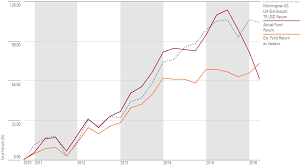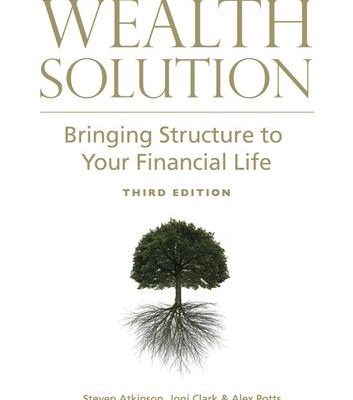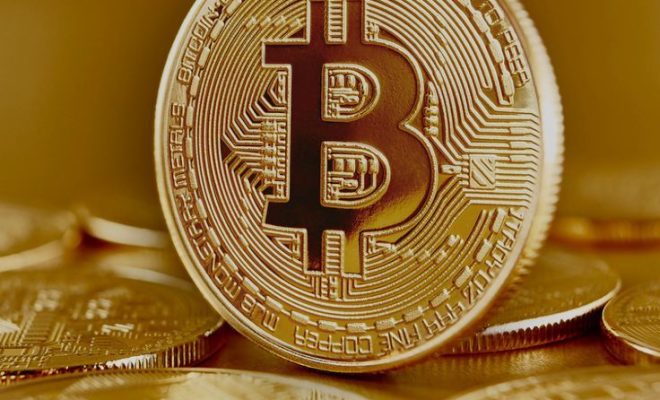Best Value ETFs: Now May Be The Time To Start Playing Value

In the ever-changing landscape of the stock market, investors continuously search for strategies that could lead to success, and amidst volatility and rising interest rates, value ETFs are garnering attention.
Value investing is a long-term strategy involving picking stocks that appear to be trading for less than their intrinsic or book value. Investors believe the market has undervalued these companies, which could eventually realize their true worth over time, leading to robust returns.
The reason behind considering value ETFs right now could be tied to the shift in the economic cycle. As growth stocks, particularly in the tech sector, may seem overextended after a long bull run, investors are turning towards value stocks that can offer dividends, stability, and potential for appreciation amid inflationary pressures.
Moreover, the historical trends show that value stocks tend to outperform during periods of economic recovery as they are closely tied to economic fundamentals. As we emerge from a global pandemic into a period of recovery, value ETFs might be well-positioned to benefit from this rebound.
So what are some of the best value ETFs to consider? Here’s a look at a few:
1. Vanguard Value ETF (VTV) – This fund provides exposure to large-cap value stocks and seeks to track the performance of the CRSP US Large Cap Value Index. It’s known for having low expense ratios, potentially increasing net returns for investors.
2. iShares Russell 1000 Value ETF (IWD) – Geared toward mid- and large-cap U.S. equities deemed to have lower-than-average growth expectations, this ETF aligns with the Russell 1000 Value Index.
3. Schwab U.S. Large-Cap Value ETF (SCHV) – Offering access to large-cap U.S. stocks with value characteristics, SCHV tracks the Dow Jones U.S. Large-Cap Value Total Stock Market Index.
4. SPDR Portfolio S&P 500 Value ETF (SPYV) – This fund focuses on stocks in the S&P 500 deemed part of the value category and can be a solid choice for those looking for exposure to large-cap segments leaning towards value characteristics.
Investors should not overlook risks such as sector concentration and periods when growth outpaces value, which might occur depending on economic conditions.
In conclusion, as we face an uncertain market with possible inflationary headwinds and shifting macroeconomic dynamics, now may indeed be an opportune time to incorporate best-value ETFs into an investment portfolio for diversified exposure aiming towards better risk-adjusted returns in the long haul.






